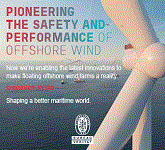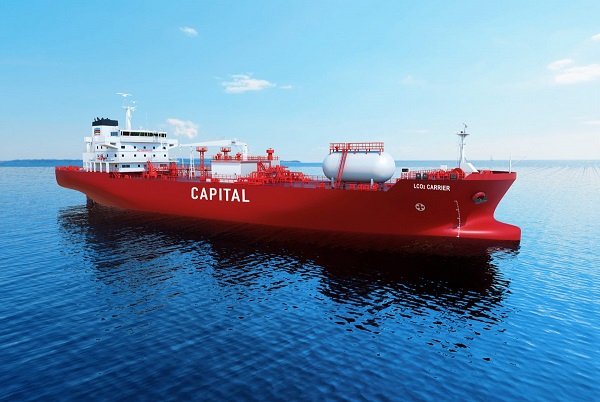EMSA: Unlocking the potential of hydrogen as a sustainable maritime fuel
EMSA published its new report “Potential of Hydrogen as fuel for shipping”, which highlights that while shipping has limited experience using hydrogen as a fuel and some of the key technologies (such as engines) remain under development, there is sufficient land-based experience with its production and use that would serve as a sound basis for the transition to a marine fuel.
As explained, by examining the current production capacity for hydrogen, the existing regulatory landscape, fuel storage options, supply and power generation technologies – along with techno-economic analyses and risk-based case studies – this study has identified the potential for adopting hydrogen as a marine fuel.
Key items
An overview of hydrogen’s properties with descriptions of the production pathways, level of maturity and further developments.
- Sustainability details, including an overview of GHG performance, air pollution and other effects.
- Availability details, including an overview of current and future supply in the EU and worldwide, and in connection to other sectors.
- Suitability details, including storage and production, onboard fuel supply, internal combustion engines, machinery spaces and fuel cells.
- Cost and development of hydrogen systems for marine applications, including a techno-economic analysis on the Total Cost of Ownership (TCO) for several vessel categories.
Well-to-tank GHG emissions of green hydrogen produced by means of water electrolysis are expected to be close to zero, with a small amount coming from the production of electricity generation units and electrolysers. Additionally, the combustion of green hydrogen in marine ships does not directly generate greenhouse gas (GHG) emissions. GHGs are only emitted from the combustion of pilot fuels.
| Read More: EMSA: Annual Overview of Marine Casualties and Incidents 2023 |
However, in case a net zero carbon fuel is used as a pilot fuel, the emissions can be eliminated on well to wake basis. In some cases, burning hydrogen can, however, lead to hydrogen slip. This unburned hydrogen, if released into the atmosphere, is an indirect GHG. Hydrogen may leak from pipelines, from storage tanks during boil-off and venting practices during start-up and shutdown, and during operations to remove fuel impurities. The result of these operational processes may contribute to global warming; however, there are studies showing that the inherent reduction in GHG emissions (from less fossil fuel use) from a switch to a green hydrogen economy would have a net positive impact on the climate, even if hydrogen losses into the air during the production/combustion processes reached as high as 10% of the volume burned.
Using hydrogen in an internal combustion engine, does not emit sulphur dioxide, carbon monoxide, heavy metals, hydrocarbons, polycyclic aromatic hydrocarbons (PAHs) and limited particulate matter (PM). PM will however still be produced from the cylinder lube oil. However, the combustion of hydrogen can lead to the thermal formation of nitrogen oxides (NOx). This can be controlled if the combustion conditions are optimised. In addition, using selective catalytic reduction (SCR) or exhaust gas recirculation EGR will reduce NOx emissions, although some emissions are also expected from the use of pilot fuel.
Hydrogen is a widely used, commercially available chemical. It is a building block for many chemical and pharmaceutical products, notably for the ammonia used as a fertiliser in food crops.
Source: Safety4sea
| Read Here | |
 |
|







































